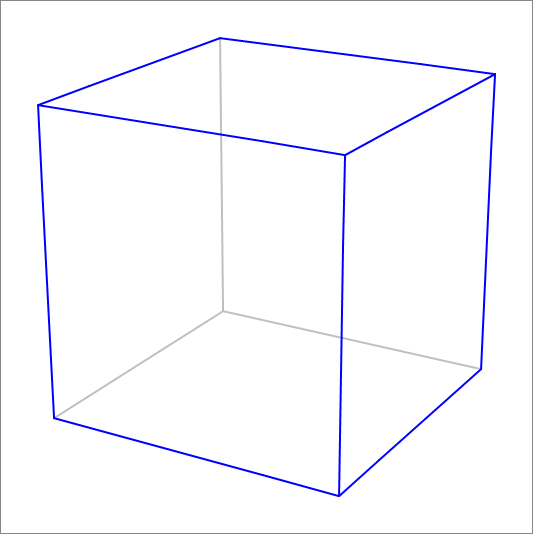3-Way Chamfer
A wooden cube with a side length of 10 cm is subject to 3 consecutive chamfers along three edges that meet in a single vertex. Each chamfer is angled at with the faces of cube that join at the chamfer edge. The chamfer indents a distance of 2.5 cm along each of these two faces.
Find the volume of wood (in ) that was cut out by the three chamfers. If the volume is then enter .

The answer is 8203125.
This section requires Javascript.
You are seeing this because something didn't load right. We suggest you, (a) try
refreshing the page, (b) enabling javascript if it is disabled on your browser and,
finally, (c)
loading the
non-javascript version of this page
. We're sorry about the hassle.
Brute force: Volume [ RegionUnion [ RegionIntersection [ Cuboid [ { − 5 , − 5 , − 5 } , { 5 , 5 , 5 } ] , HalfSpace [ { 0 , − 1 , − 1 } , { 0 , 4 1 5 , 4 1 5 } ] ] , RegionIntersection [ Cuboid [ { − 5 , − 5 , − 5 } , { 5 , 5 , 5 } ] , HalfSpace [ { − 1 , 0 , − 1 } , { 4 1 5 , 0 , 4 1 5 } ] ] , RegionIntersection [ Cuboid [ { − 5 , − 5 , − 5 } , { 5 , 5 , 5 } ] , HalfSpace [ { − 1 , − 1 , 0 } , { 4 1 5 , 4 1 5 , 0 } ] ] ] ] ⇒ 3 2 2 6 2 5
Volume of a single chamfer is 4 1 2 5 .
Volume of intersection of 2 chamfers is 2 4 1 2 5 .
Volume of intersection of all 3 chamfers is 3 2 1 2 5 .
3 × 4 1 2 5 − 3 × 2 4 1 2 5 + 3 2 1 2 5 ⇒ 3 2 2 6 2 5 ⇒ 8 2 3 2 1 as an improper fraction.
The first expression is in Wolfram Mathematica 12 language, which is not the same as Wolfram/Alpha.